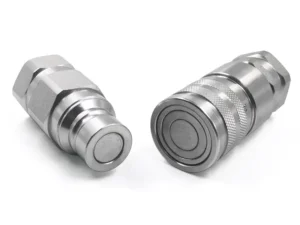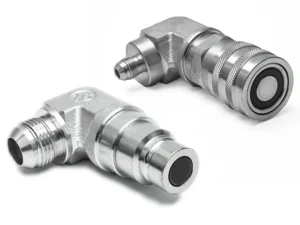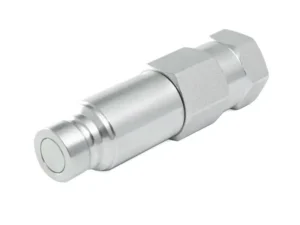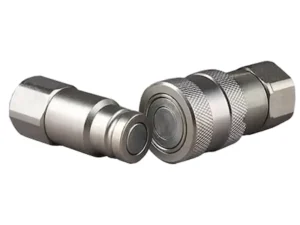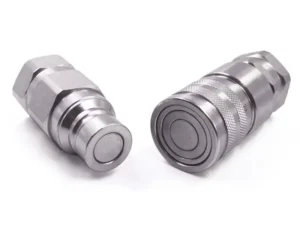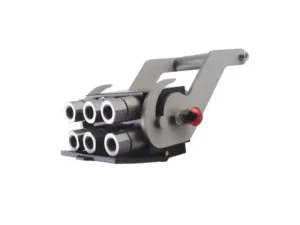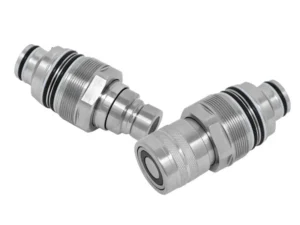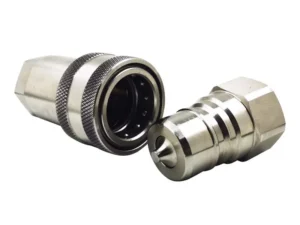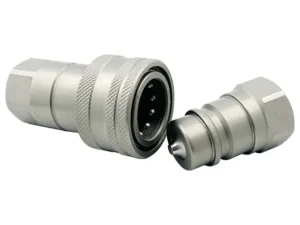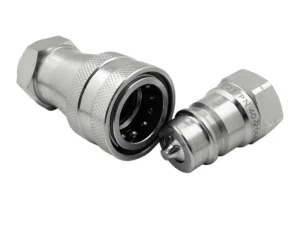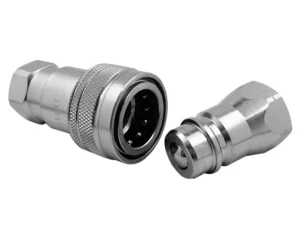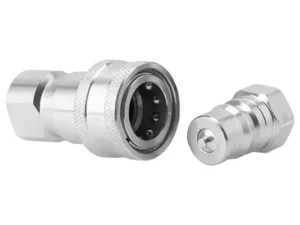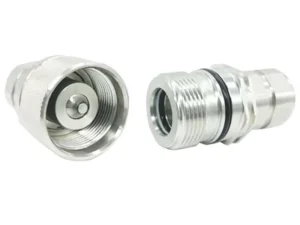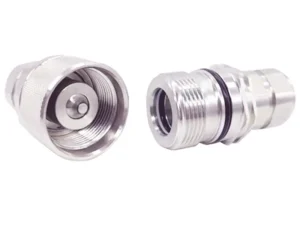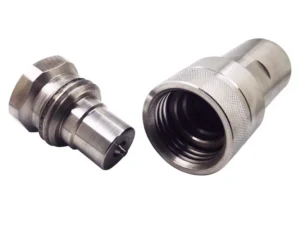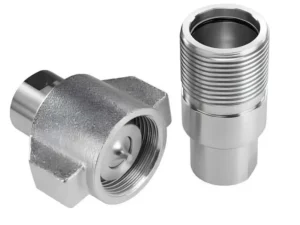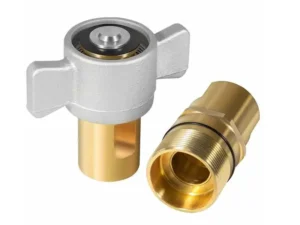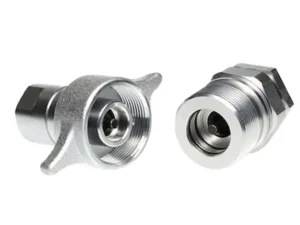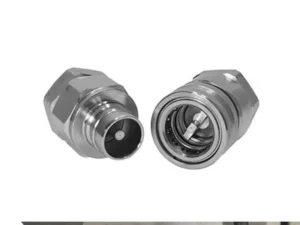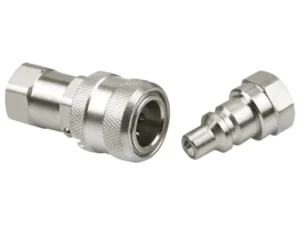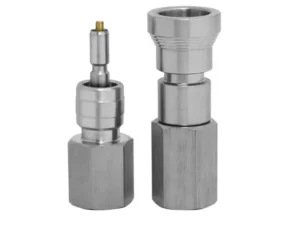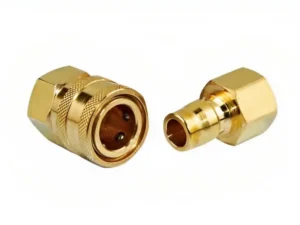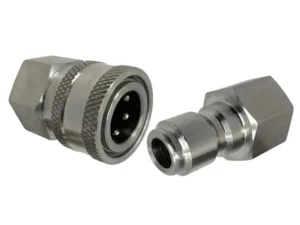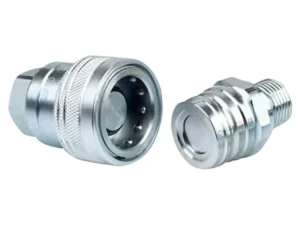Thread For Hydraulic Systems
what are the differences between NPT and NPTF?
NPT and NPTF threads are both commonly used tapered pipe threads in plumbing and piping systems, but they have some key differences:
Sealing:
- NPT (National Pipe Taper): Requires a sealant, like Teflon tape or pipe dope, to create a leakproof connection. The threads themselves don’t provide a perfect seal, so the sealant fills in any gaps and prevents leaks.
- NPTF (National Pipe Taper Fuel): Designed for dryseal applications, meaning they create a leakproof seal without the need for additional sealant. The threads are slightly different than NPT threads, with flatter crests and valleys that provide a tighter fit and seal.
Thread profile:
- NPT: Has a wider range of crest tolerances compared to NPTF. This means there can be more variation in the shape of the thread peaks.
- NPTF: Has tighter crest tolerances, resulting in a more consistent and precise thread profile. This contributes to the better sealing capabilities.
Applications:
- NPT: Used for general-purpose piping applications where leaks are not a major concern, such as water or air lines.
- NPTF: Used for applications where leakproof connections are critical, such as fuel lines, gas lines, and hydraulic systems.
Interchangeability:
- NPTF fittings can usually be screwed into NPT threads, but the seal may not be as good without sealant.
- NPT fittings should not be used in NPTF applications without sealant, as leaks are likely to occur.
Here’s a table summarizing the key differences:
| Feature | NPT | NPTF |
|---|---|---|
| Sealing | Requires sealant | Dryseal (no sealant needed) |
| Thread profile | Wider range of crest tolerances | Tighter crest tolerances |
| Applications | General-purpose piping | Leakproof applications |
| Interchangeability | NPTF can fit NPT, but seal may be compromised | NPT should not be used in NPTF without sealant |
I hope this explanation helps! Let me know if you have any other questions.
